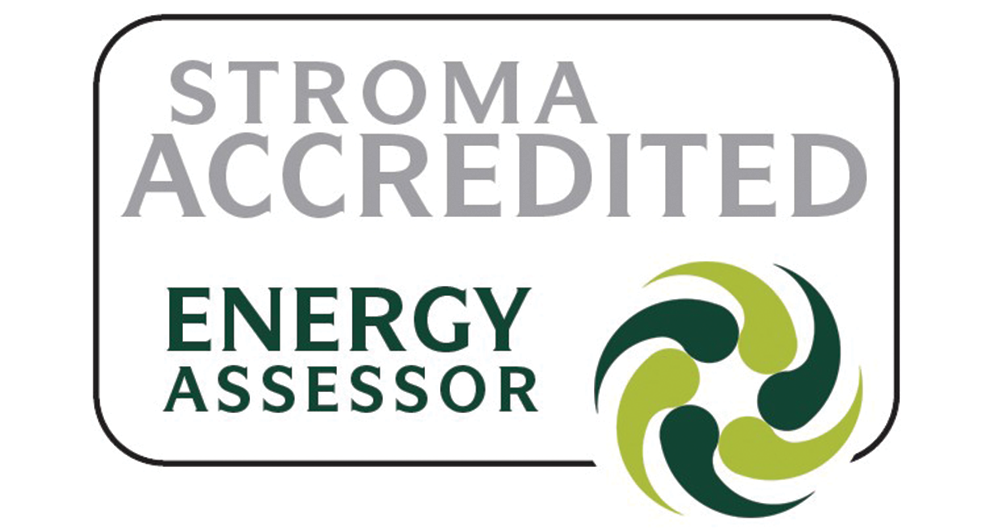





In recent years, there has been a growing awareness of the importance of energy efficiency in commercial buildings. As the world becomes more environmentally conscious, businesses are under increasing pressure to reduce their carbon footprint and lower operating costs. One significant way to achieve these goals is by improving the Energy Performance Certificate (EPC) rating of commercial buildings. In this blog, we will explore the top energy efficiency measures that can help businesses enhance their commercial EPC rating and contribute to a greener, more sustainable future.
Before diving into the energy efficiency measures, let's understand what an EPC Certificate is and why it matters for commercial buildings. An EPC Certificate is a mandatory document that rates the energy efficiency of a property on a scale from A (most efficient) to G (least efficient). It provides an overview of the building's energy consumption and carbon emissions and offers recommendations for improving its energy efficiency.
To identify areas for improvement and develop a tailored energy efficiency plan, the first step is to conduct a comprehensive energy audit. An energy audit involves analyzing the building's energy consumption patterns, equipment efficiency, insulation, lighting, and HVAC systems. By understanding the building's current energy performance, businesses can prioritize the most impactful energy efficiency measures.
One of the most critical energy efficiency measures for commercial buildings is enhancing insulation. Proper insulation reduces heat transfer through walls, floors, and roofs, resulting in decreased heating and cooling loads. Insulating the building's envelope not only helps maintain a comfortable indoor temperature but also significantly reduces energy consumption. Common insulation materials include fiberglass, cellulose, and spray foam insulation.
Commercial buildings often consume a substantial amount of energy on lighting. Replacing traditional incandescent and fluorescent lights with energy-efficient LED lighting can yield substantial energy savings. LED lights are more durable, have a longer lifespan, and consume significantly less electricity while providing the same or even better illumination levels. Additionally, installing occupancy sensors and daylight harvesting systems can further optimize lighting energy consumption by turning off lights when not needed.
Regular maintenance and upgrades are necessary to improve their efficiency. Businesses can consider retrofitting their HVAC systems with modern energy-efficient models that utilize variable speed drives and smart controls. Implementing zone heating and cooling can help regulate indoor temperatures according to the building's occupancy, resulting in significant energy savings.
Old or poorly insulated windows and doors can lead to significant energy losses through air leakage and heat transfer. Upgrading to energy-efficient windows and doors with double or triple glazing, low-emissivity coatings, and proper weather sealing can enhance the building's energy efficiency and indoor comfort. These upgrades also contribute to noise reduction and improved aesthetics.
To further improve the EPC rating and reduce dependence on traditional energy sources, commercial buildings can integrate renewable energy systems. Solar photovoltaic (PV) panels are a popular choice for generating electricity from the sun's energy. Wind turbines and geothermal systems are other viable options for specific locations. By harnessing renewable energy, businesses can not only lower their carbon footprint but also potentially benefit from government incentives and rebates.
The rise of the Internet of Things (IoT) has enabled the integration of smart building technologies that optimize energy consumption. Smart sensors and automation systems can monitor energy usage and adjust settings based on real-time data. This results in more efficient operations, reduced wastage, and improved occupant comfort. For example, smart thermostats can learn occupant preferences and adjust the temperature accordingly, minimizing energy wastage.
Beyond technical solutions, promoting energy-conscious behavior among building occupants is essential. Educating employees about energy-saving practices and encouraging simple habits like turning off lights when not needed, shutting down computers after work, and reporting energy-related issues can lead to substantial energy savings over time.
Consistent maintenance of building systems and equipment is crucial for sustaining energy efficiency gains. Regularly inspecting and servicing HVAC systems, lighting fixtures, and insulation helps identify potential issues and ensures optimal performance. Additionally, continuous energy monitoring and benchmarking can provide valuable insights into energy consumption trends and potential areas for further improvement.
Improving the Energy Performance Certificate (EPC) rating of commercial buildings is a vital step towards achieving energy efficiency and sustainability goals. By implementing the top energy efficiency measures mentioned in this blog, businesses can significantly reduce their carbon footprint, lower operating costs, and create a more comfortable and eco-friendly environment for their occupants. Embracing these measures not only benefits the bottom line but also contributes to a greener, more sustainable future for all.





